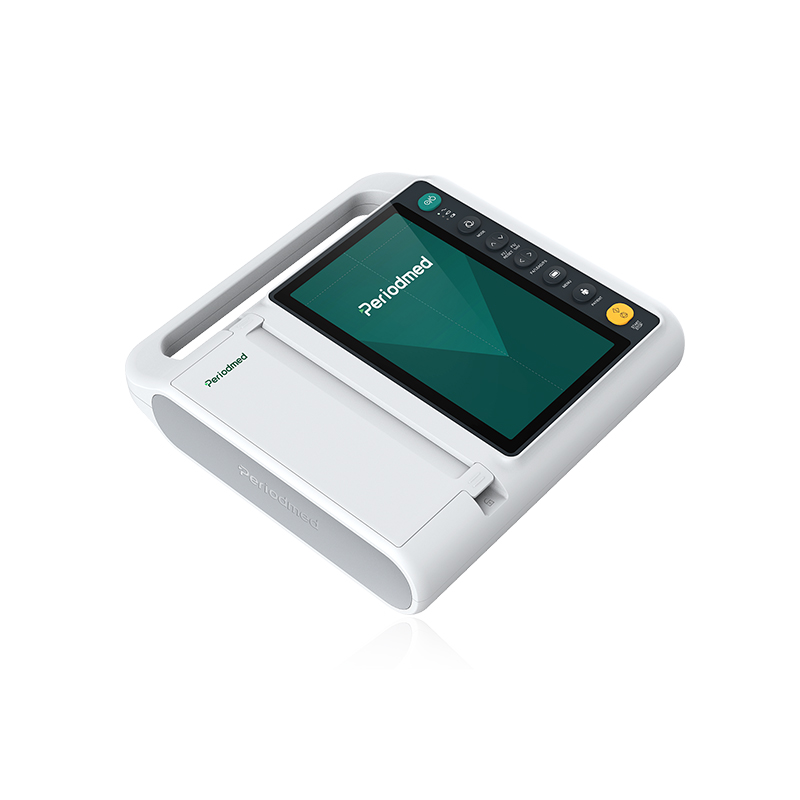Electrocardiogram (ECG) machines have become indispensable tools in the realm of modern healthcare, enabling accurate and rapid diagnosis of cardiovascular conditions. This article delves into the importance of ECG machines, recent technological advancements, and their impact on patient outcomes worldwide.
The Rising Need for ECG Machines
Cardiovascular diseases (CVDs) remain the leading cause of mortality globally, accounting for approximately 17.9 million deaths annually, as reported by the World Health Organization (WHO). Early diagnosis and management of CVDs are critical in reducing mortality rates, and ECG machines play a pivotal role in achieving this.
ECG machines record the electrical activity of the heart, providing critical information about heart rhythm, conduction abnormalities, and ischemic changes. These insights are vital for detecting arrhythmias, myocardial infarctions, and other cardiac disorders.
Key Features of Modern ECG Machines
Portability: Portable ECG machines, weighing less than 1 kg, have gained popularity, particularly in remote or resource-limited settings. Their compact design allows for easy transportation and setup.
High Accuracy: Advanced ECG machines now offer enhanced accuracy through automated interpretation algorithms, reducing the margin for human error. Studies indicate that these algorithms achieve accuracy rates exceeding 90% for detecting common arrhythmias.
Connectivity: Integration with cloud-based platforms enables real-time data sharing and remote monitoring. For example, some devices can transmit ECG readings within seconds to a cardiologist, facilitating faster decision-making.
Ease of Use: User-friendly interfaces with touchscreen capabilities and simplified workflows have improved accessibility for non-specialist healthcare workers.
Adoption Trends Across Regions
North America:
The United States leads in ECG machine adoption due to a well-established healthcare infrastructure. Over 80% of hospitals in the U.S. have integrated portable ECG systems to enhance emergency response capabilities.
Asia-Pacific:
In regions like India and China, portable ECG machines have proven critical in rural healthcare settings. For instance, programs in India using handheld ECG devices have screened over 2 million individuals in underserved areas.
Challenges and Opportunities
Despite their benefits, barriers such as cost and maintenance hinder widespread adoption. However, advancements in manufacturing and economies of scale are driving down costs. Global ECG machine market projections indicate a compound annual growth rate (CAGR) of 6.2% from 2024 to 2030, reaching an estimated market size of $12.8 billion by 2030.
Impact on Patient Outcomes
Studies reveal that timely ECG screenings can reduce hospitalization rates for high-risk patients by 30%. Furthermore, the integration of AI-based diagnostics has shortened diagnosis times for acute conditions like myocardial infarctions by up to 25 minutes, potentially saving thousands of lives annually.
ECG machines are not just diagnostic tools but also lifesavers that continue to revolutionize modern healthcare. By enhancing accessibility and accuracy, they bridge gaps in care delivery and pave the way for a healthier future.

At Yonkermed, we pride ourselves on providing the best customer service. If there is a specific topic that you are interested in, would like to learn more about, or read about, please feel free to contact us!
If you would like to know the author, please click here
If you would like to contact us, please click here
Sincerely,
The Yonkermed Team
infoyonkermed@yonker.cn
https://www.yonkermed.com/
Post time: Dec-31-2024

